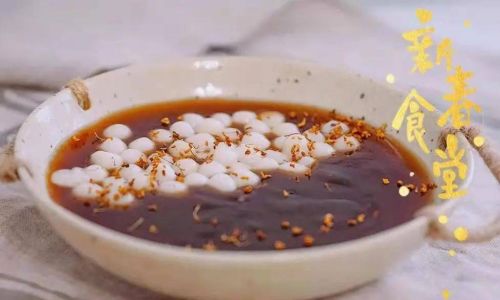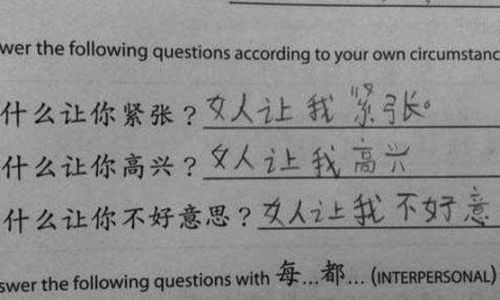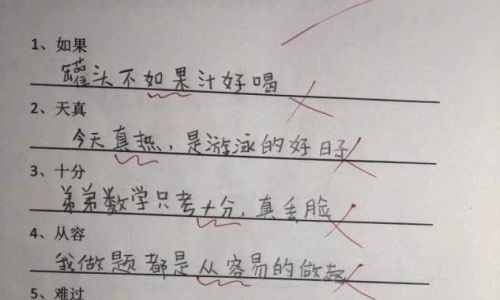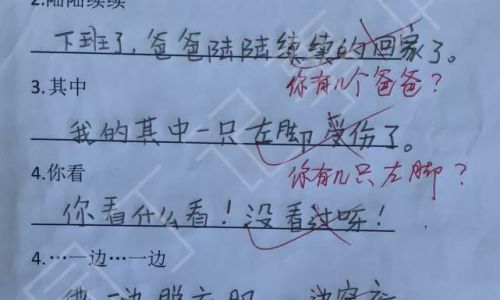Introduction
The Lunar New Year, or Spring Festival, stands as the most cherished and elaborate celebration in Chinese culture, marking the dawn of a new beginning filled with hope, prosperity, and familial unity. Nowhere is this festivity more vividly expressed than in Northern China, where the kitchen becomes the heart of holiday preparations. For generations, families have gathered to craft symbolic dishes that embody wishes for health, wealth, and happiness in the coming year. This article delves into the rich tapestry of Northern China’s Lunar New Year culinary traditions, unveiling the stories, techniques, and cultural significance behind each beloved recipe. From the iconic crescent-shaped dumplings to the golden-hued braised delights, these dishes are not mere sustenance but vessels of heritage, passed down through centuries to connect the past with the present.

The Pinnacle of Celebration: Jiaozi (Dumplings)
No Lunar New Year table in Northern China is complete without jiaozi, the plump dumplings that symbolize wealth and good fortune. Their shape, resembling ancient Chinese gold ingots, reflects aspirations for prosperity in the year ahead. The preparation of jiaozi is a communal ritual, often spanning days, as families gather to mix dough, chop fillings, and fold intricate pleats.
The Art of Dumpling-Making
The dough, typically made from wheat flour and water, is rolled into thin, circular wrappers. Fillings vary regionally but commonly feature seasoned ground pork, cabbage, garlic chives, or shrimp, seasoned with ginger, soy sauce, and sesame oil. In some households, a single dumpling is stuffed with a coin or candy—a playful tradition where discovering the treasure portends a year of luck or sweetness.
Symbolism and Rituals
Jiaozi are traditionally eaten at midnight on New Year’s Eve, a practice rooted in the belief that their shape resembles golden nuggets, inviting abundance. The act of folding dumplings together fosters familial bonds, with elders teaching younger generations the precise techniques to seal each parcel. In rural areas, some families still leave a bowl of jiaozi uncooked, a gesture to honor ancestors and ensure their presence during the feast.
The Auspicious Whole Fish: Nian Nian You Yu
A centerpiece of the reunion dinner, a whole steamed or braised fish (yu) embodies the phrase nian nian you yu, meaning “may there be surpluses every year.” The fish is served intact, head and tail intact, symbolizing a harmonious start and finish to the year. In Northern China, carp is often preferred for its resilience—a trait admired in both aquatic and human realms.
Preparation and Regional Variations
The fish is typically marinated in a mixture of soy sauce, vinegar, and aromatics like ginger and scallions before being steamed or braised. In Shandong Province, a technique known as hong shao (red-braised) is employed, resulting in a glossy, savory-sweet glaze. The dish is placed on the table with the head facing elders, a sign of respect, and diners are encouraged to leave some fish uneaten, ensuring the “surplus” carries into the new year.
Braised Pork Belly with Vermicelli: Fu Wei Rou
A hearty dish synonymous with Northern hospitality, fu wei rou (braised pork belly with vermicelli) is a testament to the region’s culinary ingenuity. The slow-cooked pork, meltingly tender and infused with star anise, cinnamon, and rock sugar, is paired with glass noodles (fen si) that absorb the rich gravy. The name fu wei (“fortune’s position”) reflects its role as a lucky charm, while the noodles symbolize longevity.
The Craft of Slow Cooking
The pork is first seared to lock in flavors, then simmered in a fragrant broth until the meat falls apart. The vermicelli, added later, soaks up the savory liquor, creating a dish that is both comforting and ceremonial. In some households, a layer of dried tofu or hard-boiled eggs is added, multiplying the auspicious elements.
Eight-Treasure Rice: Babao Fan
A dazzling dessert, babao fan (eight-treasure rice) is a sweet rice pudding studded with dried fruits, nuts, and red bean paste. The “eight treasures”—a number associated with luck in Chinese culture—often include jujubes, lotus seeds, goji berries, and candied cherries, each ingredient carrying its own symbolic meaning.
Symbolism and Presentation
The rice is steamed in a lotus-shaped bowl, then inverted onto a platter to reveal a vibrant mosaic of colors. The dish is traditionally served during the reunion dinner, its sweetness symbolizing a harmonious and prosperous year ahead. In Beijing, some families add a dollop of osmanthus-infused syrup for fragrance, while in Liaoning, fermented glutinous rice wine is incorporated for depth.
Mutton Hot Pot: A Northeastern Delight
In the frigid Northeast, where winters are long and harsh, the Lunar New Year table often features a simmering huo guo (hot pot) brimming with mutton, vegetables, and noodles. The communal cooking method fosters warmth and togetherness, with diners gathering around the pot to select ingredients and share stories.
The Broth and Ingredients
The broth, typically made from lamb bones, ginger, and star anise, is left to simmer for hours, developing a rich, milky hue. Thinly sliced mutton, enoki mushrooms, tofu, and cabbage are favorite additions, while the noodles—often hand-pulled—symbolize longevity. The act of dipping ingredients into the bubbling broth is believed to wash away the previous year’s misfortunes.

Spring Rolls: Golden Bars of Wealth
Though more closely associated with Eastern China, chun juan (spring rolls) have found their way onto Northern tables as a nod to the season’s renewal. Fried until crisp and golden, they resemble bars of gold, inviting prosperity. The filling, a mix of shredded vegetables and meat, is wrapped in a thin wheat pancake before frying.
The Symbolism of Renewal
Eaten on the first day of the new year, spring rolls represent the arrival of spring and the shedding of winter’s gloom. In some households, the filling includes bamboo shoots (sun) and mushrooms (cong),谐音 for “wishing” and “prosperity,” respectively.
Sweet Steamed Buns: Mantou with a Twist
Mantou, the humble steamed bun, is elevated during the Lunar New Year with sweet fillings or auspicious shapes. Red bean paste or lotus seed paste-filled buns are dyed red or gold, colors associated with joy and wealth. In Shandong, hua juan (flower rolls) are crafted into intricate floral or animal shapes, showcasing the cook’s artistry.
The Role of Color and Form
Red-dyed buns symbolize happiness and are often placed on ancestral altars, while golden-hued ones represent wealth. In some regions, buns are molded to resemble peaches or fish, further emphasizing themes of longevity and abundance.
Candied Fruits and Nuts: Sweet Preludes
Before the feast begins, families snack on guo guo (candied fruits and nuts), a medley of jujubes, lotus roots, watermelon seeds, and walnuts coated in sugar or honey. These treats, displayed in decorative bowls, serve dual purposes: satisfying cravings and symbolizing sweetness in the year ahead.
The Language of Symbolism
Each ingredient carries a pun or meaning: lotus roots (ou) sound like “having” in Mandarin, implying abundance, while watermelon seeds (xi gua zi) evoke “laughter” and joy. The act of sharing these snacks fosters camaraderie and sets a festive tone.
Baijiu and Toasts: A Toast to the Future
No celebration is complete without baijiu, the fiery sorghum spirit that fuels toasts and toasts. During the reunion dinner, elders propose gan bei (“bottoms up”) toasts, their glasses slightly lower than others as a sign of respect. The alcohol’s potency is believed to ward off evil spirits and forge bonds between generations.
Regional Variations: From Beijing to the Northeast
Northern China’s vastness yields regional culinary nuances. In Beijing, zha jiang mian (noodles with soybean paste) might grace the table, their dark, savory sauce symbolizing earth’s fertility. In Heilongjiang, families prepare suan cai (fermented cabbage) stew with pork, a dish that reflects the region’s agricultural heritage.
Modern Adaptations: Blending Tradition and Innovation
While core traditions endure, modern Northern households experiment with fusion dishes. Dumplings might be stuffed with truffle and cheese, while babao fan could incorporate dried cranberries or pistachios. Yet, the essence remains unchanged: food as a conduit for love, memory, and hope.
Conclusion: The Everlasting Flavor of Heritage
The Lunar New Year’s culinary traditions in Northern China are a testament to the power of food to transcend time and space. Each dish, steeped in symbolism and crafted with care, tells a story of resilience, unity, and aspiration. As families gather to share these feasts, they honor their ancestors and nourish their dreams for the year ahead. In the end, it is not merely the taste that lingers, but the warmth of shared moments and the unbroken chain of heritage passed from one generation to the next. May the coming year, like these cherished recipes, be filled with abundance, joy, and the comfort of tradition.





0 comments